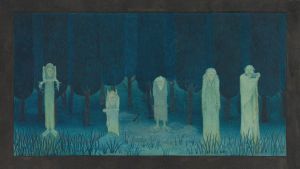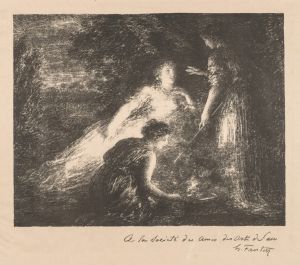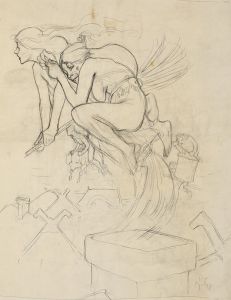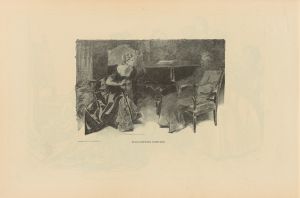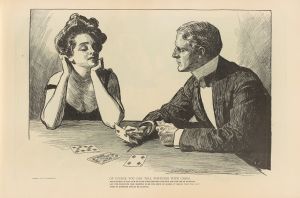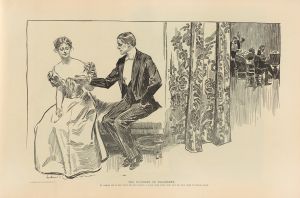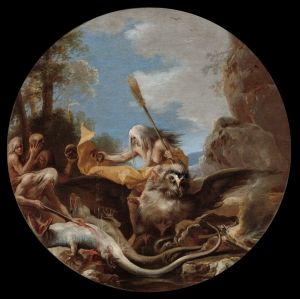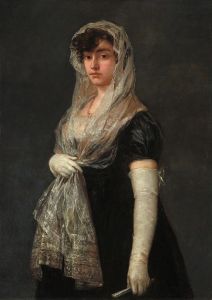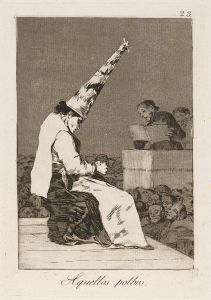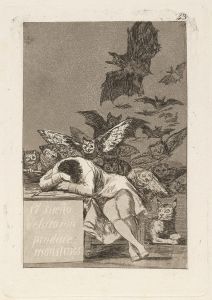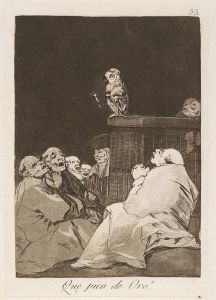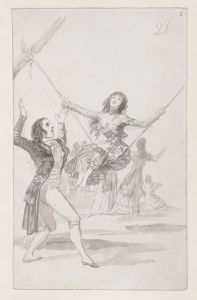
The Sabbath of witches
A hand-painted replica of Francisco de Goya’s masterpiece The Sabbath of witches, meticulously crafted by professional artists to capture the true essence of the original. Each piece is created with museum-quality canvas and rare mineral pigments, carefully painted by experienced artists with delicate brushstrokes and rich, layered colors to perfectly recreate the texture of the original artwork. Unlike machine-printed reproductions, this hand-painted version brings the painting to life, infused with the artist’s emotions and skill in every stroke. Whether for personal collection or home decoration, it instantly elevates the artistic atmosphere of any space.
Francisco de Goya's painting "The Sabbath of Witches," also known as "Witches' Sabbath" (Spanish: "El Aquelarre"), is a significant work from the Spanish artist's oeuvre that delves into themes of superstition, witchcraft, and the darker aspects of human nature. Created in 1789, this painting is part of a series of works that Goya produced during a period when he was deeply interested in exploring the irrational and the macabre, reflecting the social and cultural anxieties of late 18th-century Spain.
The painting depicts a coven of witches gathered around a central figure, often interpreted as the Devil, who is represented as a large, goat-like creature. This figure is surrounded by a group of women, some of whom appear to be old and haggard, while others are younger. The scene is set in a dark, ambiguous landscape, contributing to the eerie and unsettling atmosphere of the work. The witches are shown in various poses, some seemingly in a trance or engaged in ritualistic activities, which adds to the sense of mystery and foreboding.
Goya's interest in witchcraft and the supernatural can be linked to the broader cultural context of Spain during this time. The late 18th century was a period marked by a tension between Enlightenment ideals and traditional beliefs. While the Enlightenment emphasized reason and scientific inquiry, many people in Spain still held onto superstitions and fears of witchcraft. Goya's work captures this dichotomy, using the theme of the witches' sabbath to critique the irrational fears and societal norms of his time.
The painting is notable for its use of chiaroscuro, a technique that employs strong contrasts between light and dark to create a sense of volume and depth. This technique enhances the dramatic effect of the scene, drawing the viewer's eye to the central figure and the surrounding witches. Goya's brushwork is loose and expressive, contributing to the dynamic and somewhat chaotic composition.
"Witches' Sabbath" is part of a larger series of works known as the "Black Paintings," which Goya created later in his life. These paintings are characterized by their dark themes and somber tones, reflecting the artist's increasingly pessimistic view of humanity and the world. Although "Witches' Sabbath" predates the Black Paintings, it shares many thematic and stylistic elements with them, foreshadowing the direction Goya's work would take in the years to come.
Today, "The Sabbath of Witches" is housed in the Museo Lázaro Galdiano in Madrid, Spain. It remains an important example of Goya's exploration of the supernatural and the irrational, offering insight into the cultural and historical context of his time. The painting continues to be studied and appreciated for its artistic merit and its ability to evoke the complex interplay between fear, superstition, and the human psyche.





